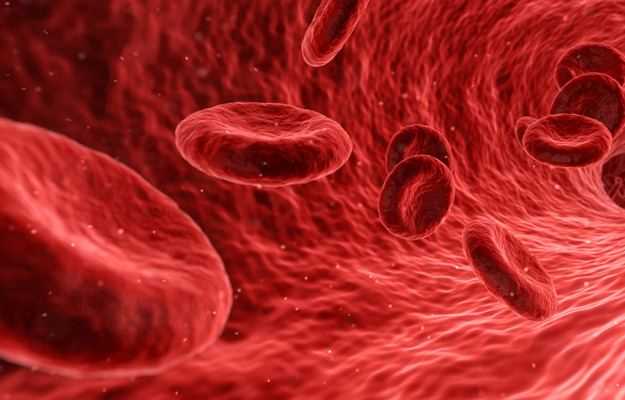What is homozygous familial hypercholesterolaemia?
Homozygous familial hypercholesterolaemia is an inherited condition which causes very high levels of cholesterol. It is passed down in families through genes. Timely management with medications or lifestyle modifications is important, as it can lead to heart disease at a very young age, if left untreated.
Here is the complete detail about the solution to high cholesterol.
What are its main signs and symptoms?
The main signs and symptoms of homozygous familial hypercholesterolaemia include:
- Xanthoma (fat deposit) which includes:
- Cutaneous xanthomata: commonly seen in childhood.
- Planar xanthomata: seen at sites of friction such as popliteal fossa (behind the knee), wrist, natal cleft (groove between the buttocks), ankle and cubital fossa (bend of the elbow). The most common site is the interdigital web spaces (between the fingers) on the dorsum of the hand.
- Tendinous xanthomata: commonly seen at the Achilles tendon and extensor tendons of the feet.
- Tuberous xanthomata: commonly seen at the elbows and the knees or ankles.
- Premature cardiovascular diseases such as:
- Ischaemic heart disease
- Atherosclerotic vascular damage
- Aortic outflow murmur
- Bruits (abnormal sounds heard over an artery) in multiple vascular territories
- Xanthelasma (yellowish, pale, raised patches around the eyes and eyelids)
- Arcus cornealis (white ring or arc around the cornea of the eye)
- Blood reports showing elevated levels of low-density lipoprotein (LDL) cholesterol (exceeding 13 mmol/L [500 mg/dL])
(Read More - Home remedies for atherosclerosis)
What are its main causes?
The blood cholesterol is kept in the normal range by LDL receptors attached to the liver cells or any other cells in the body. These receptors take up LDL cholesterol into the cell where it is stored or broken down later by liver cells. In homozygous familial hypercholesterolaemia, LDL cannot be taken into the liver cells from the blood. This is caused due to mutations in the following genes:
- LDL-receptor genes: Defects in these genes leads to an increase in cholesterol levels in the blood.
- Apolipoprotein B (APOB) gene: In this defect, LDL is unable to bind to receptors, thus slowing down the process of their uptake in the cells.
- PCSK9 gene: In this defect, the number of LDL receptors are reduced, hence uptake of LDL is lowered.
(Read More - High Triglycerides treatment)
How is it diagnosed and treated?
The diagnosis is mainly considered by the physician on the basis of signs and symptoms, findings on physical examination and results of the following tests:
- Lipid profile to check cholesterol
- Genetic testing using blood or tissue sample
Management of homozygous familial hypercholesterolaemia includes:
- Dietary and lifestyle modifications are necessary soon after a diagnosis is made. Medications called statins are used most commonly to lower lipid levels.
- Medications like ezetimibe 10 mg with resins or other medications (after checking for its availability and tolerability) like fibrates and nicotinic acid should be initiated.
- New therapeutic medications include lomitapide and mipomersen.
- Future therapeutic approaches being explored include gene therapy, PCSK9 inhibitors and cholesteryl ester transfer protein (CETP) inhibitors.
- Liver transplant may be needed in some people.
(Read More - Cholesterol Test)

 OTC Medicines for Homozygous Familial Hypercholesterolemia
OTC Medicines for Homozygous Familial Hypercholesterolemia















